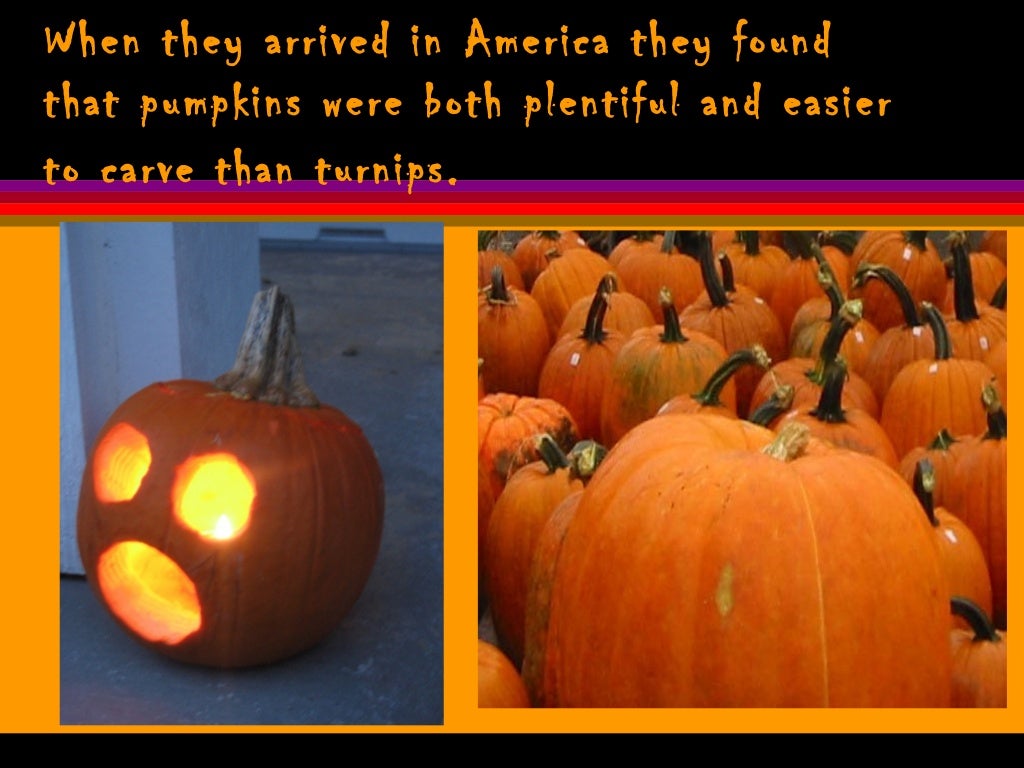
In 2019, 172 million Americans celebrated the holiday, with the average consumer spending $86.27, according to the National Retail Federation. Businesses seized the opportunity to sell things like costumes and decorations, and ultimately Halloween morphed into a commercial holiday. In the 20th century, particularly after World War II, the celebration (which had by then become Halloween or “Allhallows Eve”) began to look more and more like the holiday we know today.

Two centuries later, the spread of the holiday progressed even further when immigrants with Celtic roots arrived after fleeing the Irish potato famine. New and different versions of Samhain spread throughout the region and when Europeans began immigrating to the Americas in the 17th century, they brought their festivals with them. People also went door to door offering prayers in exchange for small breads called “soul cakes.” As Christianity spilled into Celtic lands, the church picked up some of these rituals, combining them with its own.

On top of this, it was harvest season and the Celtic New Year, so the combination of wanting to celebrate and also ward off spirits birthed a festival called Samhain (pronounced “sow-win”).ĭuring Samhain, celebrants wore masks and built large bonfires to scare away ghosts. Their theory was that the darkness and cold made it easier for aos sí (supernatural fairies) and deceased souls to cross over between worlds. It originated more than 2,000 years ago with the ancient Celts, who believed the transition from autumn to winter ushered in spirits of the dead.

Once upon a time, Halloween was a serious time dedicated to frightening away ghosts and spirits. In the modern era, Halloween has become synonymous with bags of candy and children running through the streets in costumes.


 0 kommentar(er)
0 kommentar(er)
